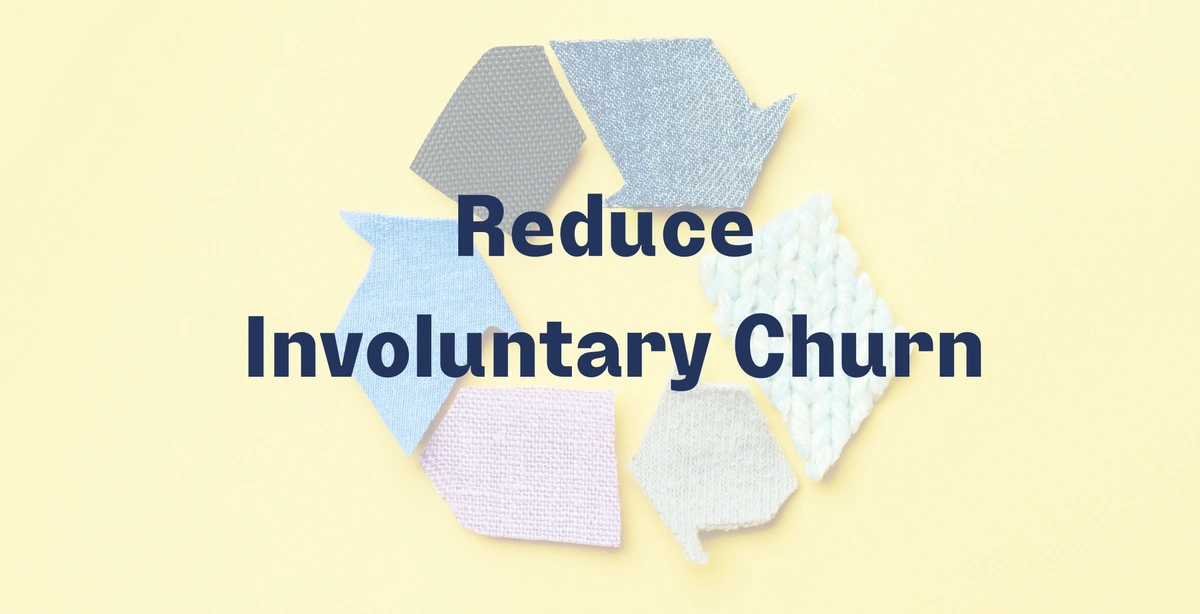Businesses despise it when customers leave, and SaaS companies start to worry about CHURN. No company wants their customers to leave for any reason as it impacts their business status and affects their revenue.
Customer Churn and Revenue Churn can be correlated and are the terms which require the most attention of any subscription business.
Now that we have established that Churn is the most evident term that deserves attention, why this happens is another significant factor which needs to be addressed.
Do customers leave willingly? Are they not happy with your services or product? What are the reasons behind them leaving? How can it be reduced?
These are a few of the questions which we will take you through by the time this article ends.
Do customers leave willingly? Are they not happy with your services or product
Well, the answer to the first question is NOT NECESSARY AND NOT ALWAYS. Not every customer who is quitting is unsatisfied with your services.
This is the point where the term Involuntary Churn comes in, and it is not due to the dissatisfaction and not contentment of your customers.
Voluntary Vs Involuntary Churn
Churn has the power to uproot your company's base as it seeps into the foundation of your organization. Not identifying the possible warning signs and taking the relevant action to stop churn, is what can get many organizations into financial trouble.
Any subscription-based business should take steps to understand these terminologies and then try their best to address the problems by adopting the appropriate measures.
There are two sorts of churn, and either type has the potential to jeopardize a company's revenue and expansion.
When comparing voluntary vs involuntary churn, the former refers to a customer's own decision to stop using your product or services, whilst the latter refers to an unintentional and unnecessary exit.
What is Involuntary Churn?
This is the most neglected and the most underrated term by many SaaS businesses.
Involuntary Churn or Passive Churn is when a customer’s subscription is canceled due to a plethora of reasons despite the wish to continue the usage of services or products. This unintentional cancellation of services becomes a reason for the downfall of the company's revenue generation.
What are the reasons behind Involuntary Churn?
There are different reasons behind the unintentional and avoidable exits which spreads its roots slowly and entraps the growth of businesses. It is important to investigate and identify the potential reasons for these quits to curb the situation and harness its impacts efficiently.
Soft Decline Subscription Failures
These kinds of unintended decampments of customers are unfortunate for the growth of businesses and have numerous reasons to consider. Here, we look at a few of the most prominent reasons for the coincidental churn:
● When a customer has opted for your services via an auto pay method, a situation might occur where the customer might be over the card limit and this results in the failed transaction.
● Not having sufficient balance in the account is another potential factor in the legitimate payment failures.
● Card expiration is another concern and the major reason behind the subscription business' involuntary churn, which neither the business nor the customer is to blame for. Customers may forget the date of the expiration of their cards which causes them to lose access and get logged out of their subscribed services.
● There are the times when businesses’ own payment systems become a reason for the failed payments, which becomes a valid reason for the consumer annoyance eventually leading to drop out from the services or products your business provides.
Hard Decline Subscription Failures - The negative impact of these kinds of failures are beyond the reach of a business leading to fortuitous cancellations in the subscriptions. A few of the reasons have been highlighted below:
● Wrong, invalid, or out-of-date card details used when subscribing to SaaS business subscriptions lead to subscription failures.
● According to a recent survey, the cases of lost or stolen cards have significantly risen in the United States. This poses a tremendous threat on the company's subscription services in an indirect manner. To clarify, all potential transactions will be instantly declined if the card of your customer is reported stolen.
● Another form of unintentional account churn is any transaction that your customer's bank rejects for whatever reason.
How to avoid losing clients to Involuntary Churn?
The problem of unintended termination of services must be addressed head-on with a mindset to salvage the business revenue along with continual contentment of customers. Given below are the ways if you are looking for the measures to prevent involuntary churn for subscription businesses.
●Reactivation Plan - Despite the efforts to stop involuntary churn, it sometimes becomes impossible to solve the problem at once. However, after a failed transaction reaching out to a customer with a reactivation plan is a great strategy to keep up the business relationship with the client.
●Dunning Messages - Making clients aware of the causes of unsuccessful transactions can be accomplished by sending emails or notifications. This can prompt them to fix the issue themselves and resume their subscription.
●Acting on advice - Soliciting regular feedback from customers and acting on the suggestions and complaints, is the key to a successful subscription business. Bringing out the new features and acting on the advice draws an impression on customers of being valued.
Overview
No matter the sort of churn, to stop losing customers from the silent but crippling involuntary churn is equally important to deal with as voluntary churn. Be it the hard decline or the soft decline, both should be tackled in a smart way.
After all the discussion, the time arrives where it becomes a matter of acting rather than fretting about the situation. The best approach to take your organization towards the greater revenue is to adhere to the procedures and respond quickly to problems. Only a positive attitude towards the problem can suppress the silent invader.

